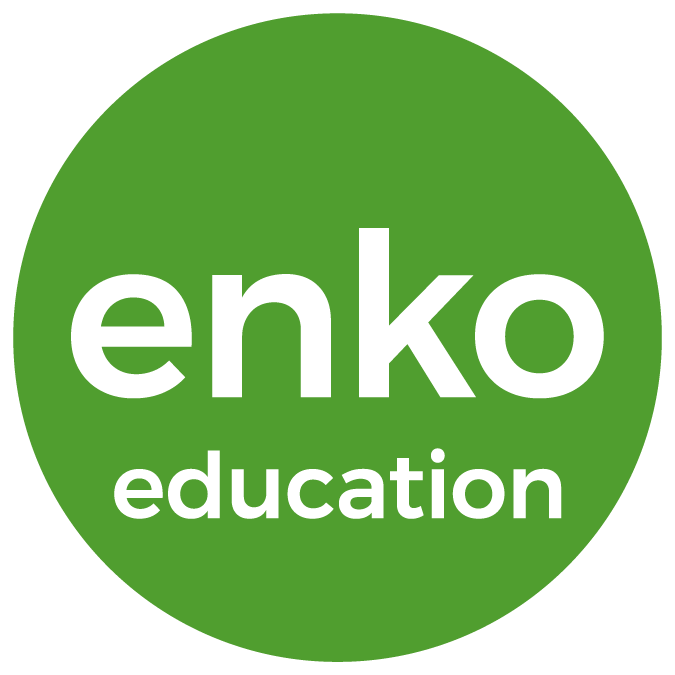How to choose a middle school for my preteen: a step by step guide
Choosing a middle school for your preteen is an important decision. Middle school is a time of significant growth and change for students. It is therefore important to find a school that will provide them with the support and resources they need to succeed.
In this article, we will walk you through the steps involved in choosing a middle school for your preteen. We will discuss the factors you should consider, such as the school’s academic reputation, tuition, extracurricular activities, location, safety, etc.
By following the steps outlined in this article, you will find the right middle school for your preteen and help them set themselves up for success.
Step 1: Do your research.
The first step in choosing a middle school is to do your research, to gather information about the different schools in your area. Most parents start this process by asking friends and family members for recommendations. Here are a few things you should learn about.
Academic reputation
Academic reputation is a measure of how well a school performs academically. Schools with a strong academic reputation typically have high test scores, high graduation rates, and a large number of students accepted to the best global universities such as Harvard, Oxford, or SciencePo . Look for schools that have a strong academic record and that offer a rigorous curriculum. For more insights, you can:
- Attend an information session at the school, or online via a webinar
- Perform a Google search for the best schools in your city
- Read online reviews from Facebook groups, forums, or Google
- Talk to current students and parents.
Some of the questions you should also ask yourself:
- Is the school internationally accredited?
- Does the school offer diplomas that are recognized world-wide such as the International Baccalaureate or Cambridge?
- Does the school recruit qualified teachers? Do they have high academic and moral values?
Tuition
Tuition can vary widely depending on the school, location, and curriculum. In general, tuition for international schools is much higher than tuition for schools offering national curricula. However, some international schools such as Enko Education charge tuition up to five times cheaper than other international schools.
Another question you should ask yourself is: does the school offer financial aid? Financial aid can be need or merit-based. . If you are considering an international middle school for your child, be sure to research the financial aid options available at the schools you are considering.
Extracurricular activities
Middle school is a time for students to explore their interests and talents. Choose a school that offers a wide range of extracurricular activities, such as sports, clubs, and arts programmes.
Location
Consider the school’s location when making your decision. If you have to drive your preteen to school, you’ll want to choose a school that’s close to home or that offers transportation to students.
Safety
Make sure the school you choose is safe for your preteen. Ask about the school’s security measures and Safeguarding policies.Does the school lay emphasis on students physical and mental well-being? For example, how does the school help students deal with stress during the examination period?
School’s culture
Some schools have a traditional culture, while others have a more progressive culture.
- Traditional culture: Traditional schools have a more formal atmosphere and focus on academics. These schools typically put the emphasis on strict rules and discipline and a strict grading system. Traditional schools may be a good fit for students who prefer a structured environment and who are motivated by academic achievement.
- Progressive culture: Progressive schools have a more relaxed atmosphere and focus on creativity and innovation. These schools typically have more flexible rules and regulations and a more holistic approach to teaching aimed at developing students’ self-reliance and preparing them for university life. Progressive schools may be a good fit for students who prefer a less rigorous environment and more empowering learning methods.
Learning style
Learning styles are the different ways that people learn. Some people learn best by seeing, while others learn best by hearing, and still others learn best by doing. It is important to consider your preteen’s learning style when choosing a school. Some schools offer specialised programs for students with different learning styles, such as Montessori or Waldorf education.
- Montessori schools: Montessori schools are designed for students who learn best by doing. These schools typically have a hands-on approach to learning, and students are encouraged to explore and learn at their own pace.
- Waldorf schools are designed for students who learn best by listening and observing. These schools typically have a more traditional approach to learning, and students are encouraged to develop their creativity and imagination.
It is important to note that not all schools offer specialised programs for students with different learning styles. If you are considering a school that does not offer a specialised program, be sure to ask about the school’s approach to learning and how they accommodate different learning styles. For example, Enko Education is a progressive network of international schools that focuses on differentiated instruction. This means that we tailor our teaching methods to the individual needs of each student. We do this by using a variety of teaching methods, such as self-directed learning and autonomy, collaborative work, etc.
Step 2: Visit the schools
Once you’ve narrowed down your choices, it’s important to visit the schools in person. This will give you a chance to see the facilities, meet with the staff, and talk to current students. It is highly recommended to take your child on school visits so they can get a sense of their future school and determine if it is a good fit for them. This will also help them adapt to change.
Tour the school
When you visit the school, take a tour of the facilities. This will give you a chance to see the classrooms, the library and other areas of the school and to feel the atmosphere: do you see your child thriving in this environment?
Meet the staff
Meet with the school’s principal, teachers, and other staff members. You will get a chance to get to know them and ask questions about the school.
Talk to parents and current students
Talk to parents and current students about their experiences at the school. This will give you a first-hand perspective on what it’s like to be a student at the school.
Step 3: Talk to your preteen.
It’s important to get your preteen’s input when choosing a middle school. They’ll be the ones attending the school, so it’s important that they feel comfortable with the decision.
- Ask your preteen what they’re looking for in middle school. What are their academic interests? What extracurricular activities do they want to participate in? Where do they want to go to school?
- Talk to your preteen about their concerns. Are they worried about making friends? Are they worried about being bullied? Are they worried about the workload?
- Work together to make a decision. After you’ve talked to your preteen, you can work together to make a decision about which middle school is the best fit for them.
Step 4: Make a decision.
After you’ve done your research, visited the schools, and talked to your preteen, it’s time to make a decision. Consider all of the factors that are important to you and your preteen, and choose the school that’s the best fit for your family.
Choosing a good middle school for your preteen is a big decision, but it’s one that you can make with confidence by following our steps. Looking for more resources? Check out out article on how to choose the best international school for your child in Africa





